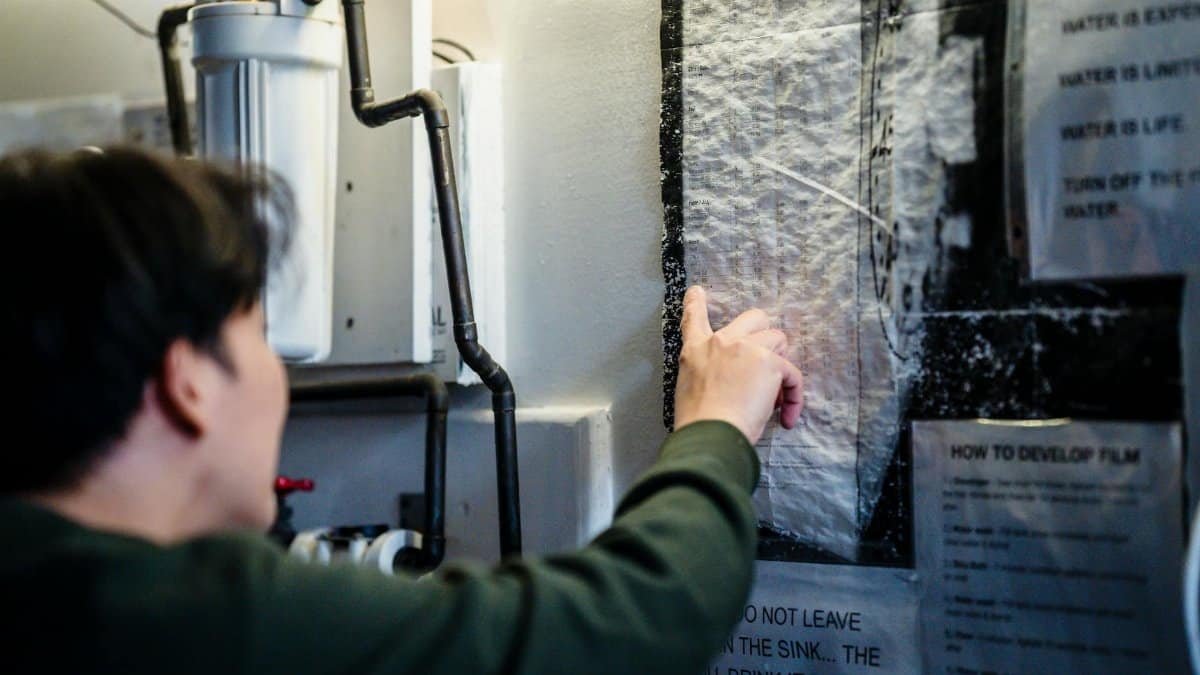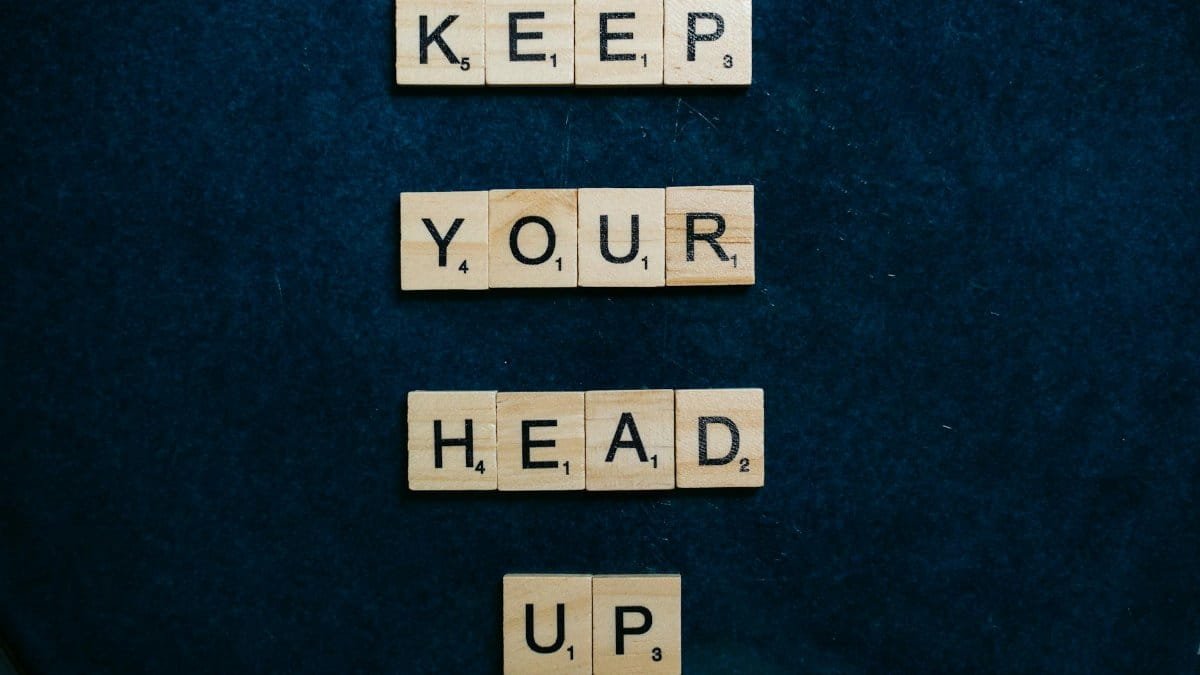In a world of constant stress, could a simple car dashboard light be the key to calm? Breath cue dash, a growing trend among drivers, uses the blinking of indicator lights to time exhales, helping slow heart rates during tense commutes. It’s an easy, no-cost hack that’s gaining traction among those seeking mindfulness on the go. With road rage and traffic anxiety on the rise in the U.S., this technique offers a practical way to stay grounded behind the wheel. Here’s how it works and why it’s catching on in 2025.
What Is Breath Cue Dash?

Breath cue dash is a mindfulness technique that syncs breathing with a car’s dashboard lights, specifically the turn signal or hazard indicators. The idea is simple: exhale only when the light blinks, extending your breath to match the rhythm. This slow, deliberate breathing can help lower stress and heart rate, turning a mundane drive into a calming ritual. Drivers across the U.S. are adopting it as a way to combat the daily grind of traffic without needing apps or gadgets.
Why It Works for Stress Relief

Slow, controlled breathing is a proven method to activate the parasympathetic nervous system, which helps the body relax. Studies from institutions like the National Institutes of Health show that extended exhales can reduce heart rate and anxiety in minutes. You can learn more at NIH Research. With breath cue dash, the dashboard light acts as a natural metronome, making it effortless to maintain a steady breathing pace during a stressful commute.
How to Practice It Safely

Start by picking a consistent dashboard light, like the turn signal. When it blinks, begin a slow exhale, aiming for 5-6 seconds per breath. Inhale naturally between blinks. Keep your focus on the road—don’t stare at the light. This isn’t about deep meditation; it’s a subtle cue to regulate breathing. If traffic demands full attention, pause the practice. Safety always comes first, and this should feel like a background habit, not a distraction.
Benefits for Daily Drivers

For the millions of Americans commuting daily, breath cue dash offers a no-fuss way to manage stress. The average U.S. commute is about 27 minutes each way, plenty of time to build a calming habit. Research from the American Psychological Association highlights how chronic stress from driving impacts mental health—find more at APA Resources. This technique can lower tension, improve focus, and even reduce instances of road rage with consistent use.
Who’s Using It?

From busy parents to long-haul truckers, breath cue dash is finding fans across demographics. Social media posts in 2025 show urban drivers in cities like Los Angeles and Chicago sharing their experiences, noting a noticeable drop in frustration during gridlock. One user tweeted, “Used my blinker to breathe through a 45-minute jam. Felt like a new person.” It’s especially popular among those already interested in mindfulness but lacking time for formal practice.
Limitations to Keep in Mind

While breath cue dash is accessible, it’s not a cure-all. It won’t replace therapy or medication for severe anxiety, and it requires a baseline level of focus that might not suit every driver. Those with respiratory issues should consult a doctor before altering breathing patterns. Also, not all dashboard lights blink at a ideal pace—some might be too fast to encourage truly slow exhales. Adjust as needed to what feels comfortable.
Integrating It Into Your Routine

Make breath cue dash a habit by starting small—try it during a short drive or at stoplights. Pair it with other calming practices, like soft music, to enhance the effect. Over time, it can become second nature, turning red lights and turn signals into reminders to relax. As stress continues to define modern life, especially on the road, small tools like this can make a real difference without demanding extra time or effort.
